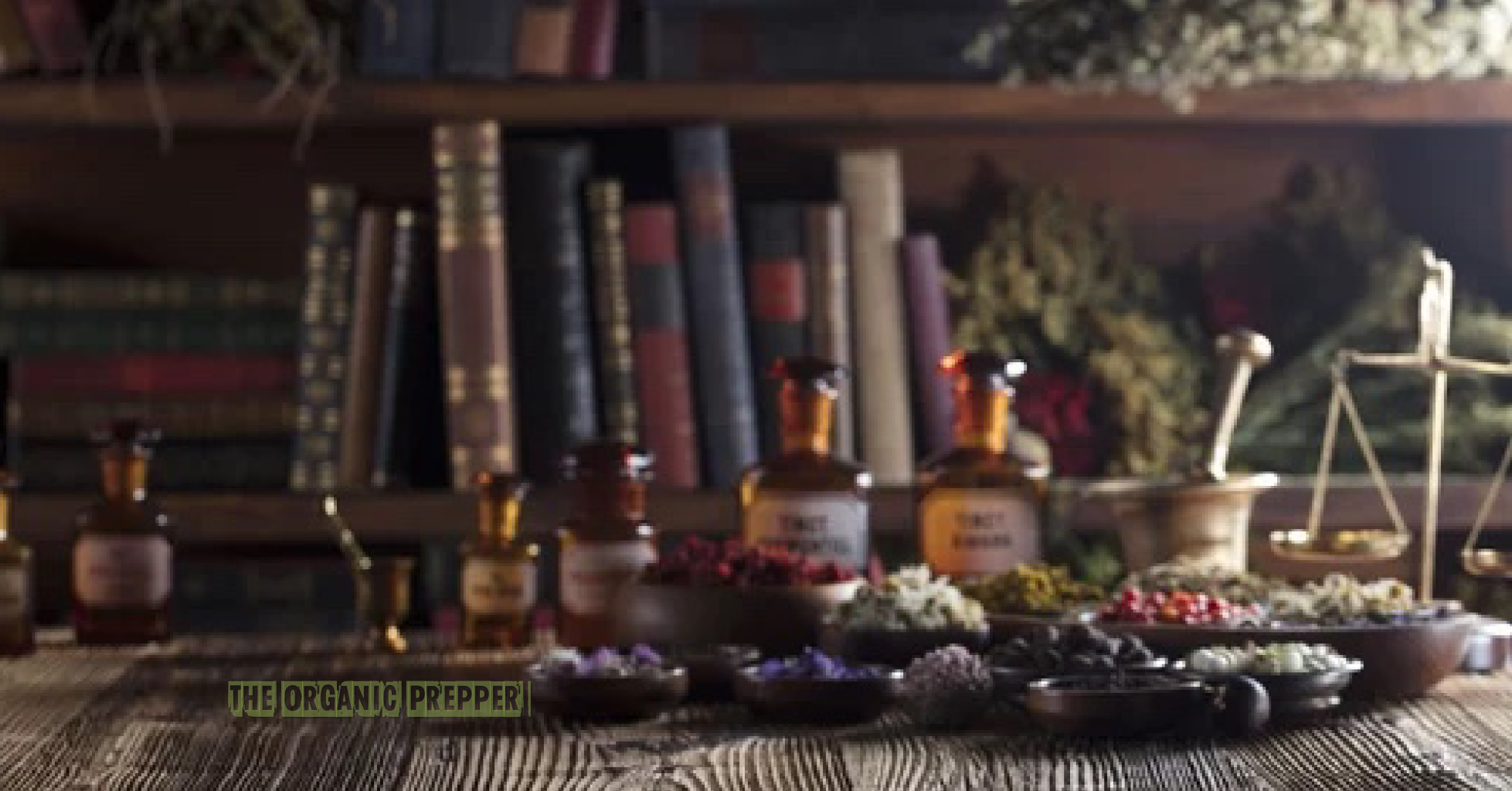Recommended Reading for Herbalists
Thankfully, we have lots of wonderful, well-researched, and well-written herbal books today – many more than were available when I was learning. I have put together a list of what I consider “required reading” below.
Anatomy and Physiology
- Holistic Anatomy: An Integrative Guide to the Human Body, by Pip Waller, is an anatomy book that resonates with many holistic practitioners. It covers Anatomy in a way that is scientifically sound but is holistic in approach. While there are many A&P textbooks on the market, most are written with the medical field in mind. This book is far more readable to the average person.
Botany and Plant ID
- Botany in a Day: The Patterns of Plant Identification, by Thomas J. Elpel, provides a straightforward, simple way to recognize major plant groups. The title is misleading, as you cannot assimilate everything in the book in a day, but it is probably the best single book on Botany on the market.
- The Peterson Field Guides are always a good source of information. There are two, in particular, to consider putting on your bookshelf depending upon where you live. These are the Peterson Field Guide to Western Medicinal Plants and Herbs and the Peterson Field Guide to Medicinal Plants and Herbs of Eastern and Central North America. While some of these have good photos, there are also a lot of sketches that are less helpful. However, they have lots of great information on medicinal herbs that grow according to your region.
- Edible Wild Plants, A North American Field Guide to Over 200 Natural Foods, by Thomas Elias and Peter Dykeman, isn’t necessarily about herbs but is a great book for plant identification in North America. It isn’t region-specific, but it is detailed, has great pictures, is organized by season, and is an excellent start in plant foraging.
Herbalism – General
- Prepper’s Natural Medicine: Life-Saving Herbs, Essential Oils, and Natural Remedies for When There Is No Doctor is my book, so yes, there is a bit of shameless self-promotion here. However, the book has a number of strengths going for it that separate it from the bulk of herbal books on the market. This book covers herbal skills, the therapeutic properties of 50 herbs, and has recipes for both acute and chronic conditions. It does all this from the perspective of a prepper. Unfortunately, there are no photographs of herbs. While that was not my choice, this was intended to be an herbal skills book, not a plant ID book. Still, I would have liked to have added pictures of the herbs.
- The Herbal Medicine-Maker’s Handbook: A Home Manual, by James Green, is an excellent book focusing on herbal skills. While I disagree with him on a few points, it is a solid book on herbal preparations.
- Medical Herbalism: The Science and Practice of Herbal Medicine, by David Hoffman, is one of those “must-have” books. Medical Herbalism is the best of both worlds, synthesizing holistic medicine and modern biomedicine. This book gets into the chemical composition of plants and why plants have the effects upon the body that they do. Very useful textbook for both folk herbalists and clinical herbalists alike.
- Principals and Practice of Phytotherapy: Modern Herbal Medicine 2e, by Kerry Bone, is an herbal textbook that means serious business. This is a well-researched, clinically-oriented book on plant medicine that covers the medicinal properties, side effects, contraindications, and scientific studies of commonly used medicinal herbs. This is an expensive book compared to many of the popular herbal paperbacks on the market. As a scientific textbook, however, the price is rather reasonable. It is worth every penny.
- Making Plant Medicine, by Richo Cech, is a classic. The latest edition is still available, but it can be hard to get. It goes out of stock on Amazon frequently. Great explanation of making liquid extracts and a materia medica that is loaded with information on medicinal herbs.
Herbalism- Traditions
- The Practice of Traditional Western Herbalism: Basic Doctrine, Energetics, and Classification, by Matthew Wood, lays out the foundations of our western herbal traditions. This book looks at the energetics of herbs, tissue states, constitutions, and the classifications of plants. This book gives herbalists a language that is our own, as opposed to the terminology owned by the medical industry. I do not find the language contrary to modern biomedicine. Instead, it is more like a poetic way of describing observations about the body and how the body responds to different herbs.
- The Yellow Emporer’s Classic of Medicine: A New Translation of the Neijing Suwen with Commentary, by Maoshing Ni, is a perfect beginner book for understanding Traditional Chinese Medicine (TCM). Like Traditional Western Medicine, TCM is an energetic-based system with a poetic way of verbalizing observations regarding health and the actions of herbs. This energetic system is the basis for Chinese herbal practice, Acupuncture, and the flow of Chi (energy) in the body.
- The Way of Ayurvedic Herbs: A Contemporary Introduction and Useful Manual for the World’s Oldest Healing System, by Karta Purkh Singh Kahlsa, and Michael Tierra, presents a comprehensive look at what ayurveda, the traditional healing system of India, is all about. This book covers ayurvedic body types (doshas), ayurvedic diet, and traditional herbal remedies in the ayurvedic system.
Infectious Disease
- Herbal Antibiotics, 2nd Edition: Natural Alternatives for Treating Drug-Resistant Bacteria, by Stephen Harrod Buhner, is another “must-have” book on your herbal shelf (along with his Herbal Antivirals book below). Antibiotic resistance is an ever-growing, real threat that goes largely ignored by the general public, in a similar way that the general public is unaware or doesn’t care about the growing threats against our power grid. We are equally unprepared for a world without antibiotics. This book lays out research and experience with herbs and bacterial diseases.
- Herbal Antivirals: Natural Remedies for Emerging and Resistant Viral Infections, also by Stephen Harrod Buhner, will teach you more about viruses than you could ever want to know. This is just as well-researched as his Herbal Antibiotics book and equally as important.
- Prepping for a Pandemic: Life-Saving Supplies, Skills, and Plans for Surviving an Outbreak is my second book. This is a unique book examining the lessons we can learn from the Ebola outbreak of 2014 (how did governments, media, medical professionals, individuals, and industries respond, plus how can we use this to be better prepared), the top contenders for the next great pandemic, and illnesses that tend to follow after a disaster. I cover both herbal and conventional approaches to treatment where such options exist, address security issues, and how to implement a Self-Imposed Reverse Quarantine (SIRQ).
Our herbalist’s bookshelf is far from an exhaustive list, but it is a solid start.
One last point that I want to make… While the internet is awesome in so many ways, the power grid and access to the internet is not a given. Both physical and cyber attacks on our electrical grid are a real threat. Every day North Korea gets closer to being able to pull off an EMP attack on the United States. What’s worse is that we are woefully unprepared, as Ted Koppel lays out in this book, Light’s Out. For this reason, I prefer and recommend getting physical copies of books whenever possible.
What are your thoughts on the best herbal medicine books out there? Let us know in the comment section.
About Cat
Cat Ellis is an herbalist, massage therapist, midwifery student, and urban homesteader from New England. She keeps bees, loves gardening and canning, and practice time at the range. She teaches herbal skills on her website, Herbal Prepper. Cat is a member of the American Herbalists Guild, and the author of The Wuhan Coronavirus Survival Manual, Prepper’s Natural Medicine and Prepping for a Pandemic.
















